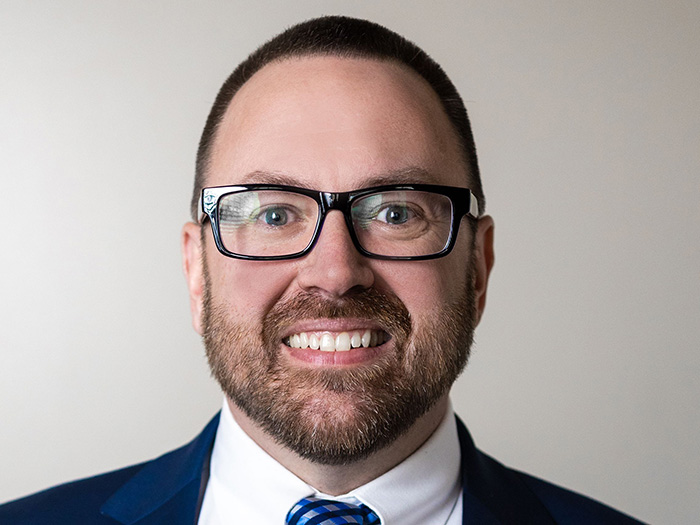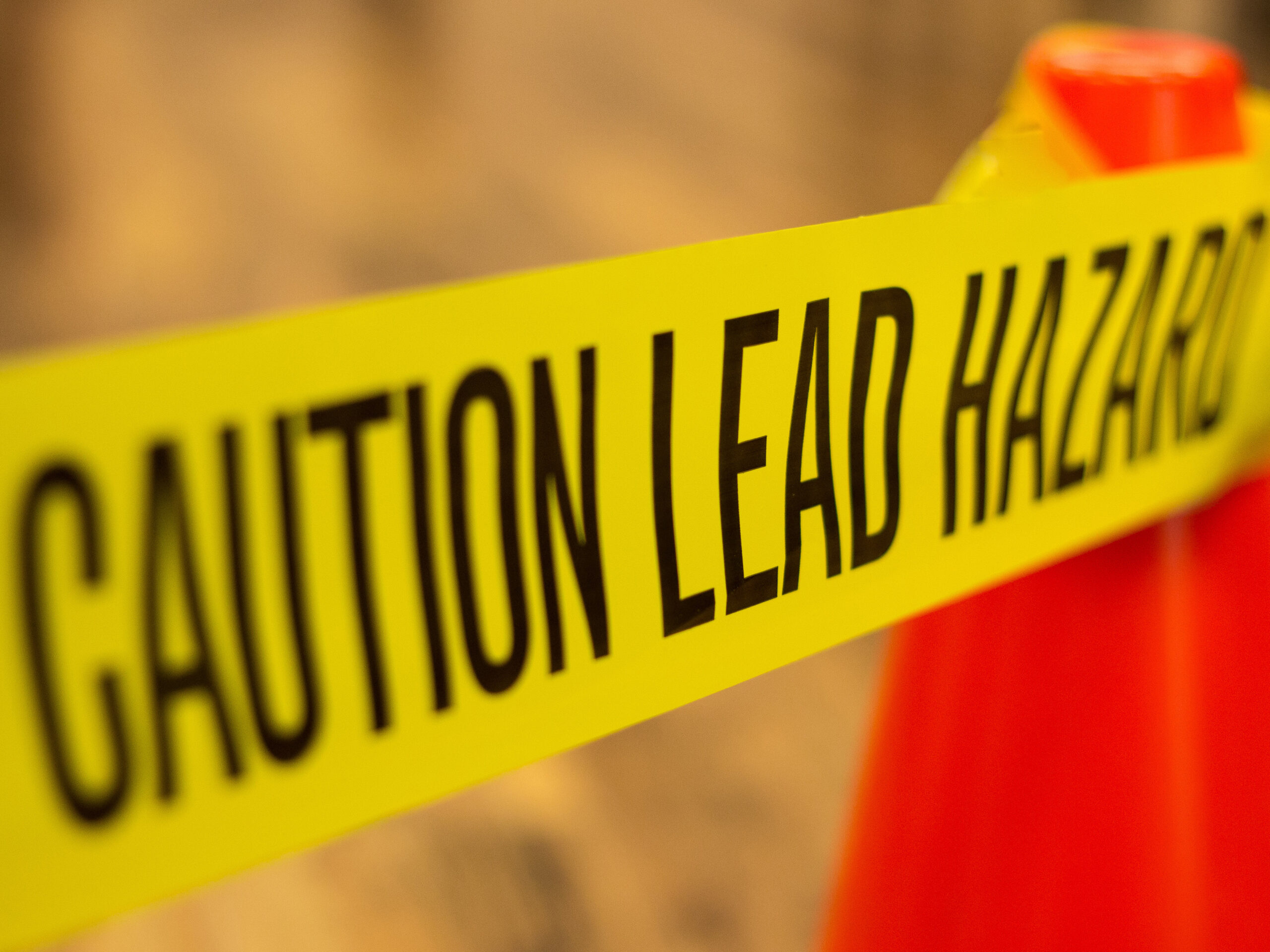Workplace Ergonomics and Sports Medicine: Why They’re a Perfect Fit
Safety Professionals, health care practitioners, and human resource providers face common goals in creating healthier environments for our workforce, while improving U.S. industry’s bottom line. Evidence-based, cost-saving programs must improve short-term health and fiscal outcomes all while fostering long-term, health-driven organizational culture.
Members of any workforce use their bodies to feed themselves, their families, and their communities. By these criteria, they are professional athletes in the purest sense.
At the 2020 National Ergonomics Conference and Expo® workshop participants will learn that applying a Sports Medicine perspective to industrial workplaces creates a cultural shift by elevating workforce self-image and self-responsibility.
In turn, it enhances leadership communication and workforce cooperation. The common goal of a healthier, more productive workplace — that is highly competitive on the international playing field — is thus realized.
The conventional U.S. ‘health care’ model is failing U.S. business and its workforce.
U.S. employers of all sizes are struggling to stay afloat amidst crippling health care insurance and workers comp benefit costs.
Larger, self-insured Fortune 500 companies have long realized the tremendous savings accrued by investing in upstream, prevention medicine protocols. Even smaller employers, or companies with multiple scattered and rural facilities have broken into the trend.
Occupational medicine now targets primary care to better shift efforts where prevention can build value: over outdated, reactive modes of intervention.
Seven of the most common chronic diseases including cancer, diabetes, hypertension, stroke, heart disease, pulmonary conditions and mental disorders are linked to behavioral or environmental risk factors.
Many of these conditions can be mitigated and even avoided if people make better choices. Things like balanced diets, engaging in stress reduction and physical fitness, and the overall purposeful engagement in life must be actively modeled for employees, not just passively lectured.
Between the insured workforce members and an increasing primary physician shortage, it will only become more difficult for employees to access the preventive health care they need outside of work.
Employers must leverage convenient and quality protective care for their employees. Their bottom line and marketplace survival depends on it. Focus must move beyond occupational disease management, into integrative medical engagement. The result will be an even healthier, more productive workforce at a lower cost.
The Occupational Athletics Concept and Philosophy
Sports medicine provides a recognizable influence on workforce and businesses with an integrated, holistic approach by focusing on preparation and maintenance to remain competitive in our global marketplace and building a team mentality.
Integrative medicine itself is grounded in the definition of health. It seeks to restore and maintain health and wellness across an employee’s lifespan. It recognizes and understands the full range of influences that affect workforce wellbeing.
This concept goes beyond the treatment of symptoms. It addresses all causes of illness as well as immediate and long-term health. The complex chemistry between the two are addressed head on. We no longer kick the can.
However, this sports/integrative medicine model is not the same thing as alternative medicine. That’s an approach utilized in place of conventional therapies. Nor is it complementary medicine, which is used to supplement sometimes dangerous or overly aggressive allopathic tactics.
Occupational athletics sports/integrative Medicine interventions are the least invasive whenever possible. First — Do No Harm. Good medicine is based in good science. It is inquiry-driven and open to new models. The broader concepts of health promotion and safety protection are paramount. This is how we roll in sports and industrial arenas.
Occupational athletics strategies foster development of healthy behaviors and skills for effective self-care. This method is well established in top medical schools: “Over the past two decades, there has been documented growth in the number of clinical centers providing integrative medicine, the number of medical schools teaching integrative strategies, the number of researchers studying integrative interventions, and the number of patients seeking integrative care.”
Our Closed-Loop Integrated Occupational Athlete Elements
Planned Prevention:
Physical Demand Analysis: It’s what we do in Sports Medicine. Measuring and recording the physical requirements of job titles. Assessing the workforce, the work and the worksite. Here is where we capture the lifting, carrying, pushing, pulling, kneeling, squatting, climbing, standing, walking, gripping, etc. It begins and ends with performance.
Physical Demand Ergonomic Consult: Ergonomic Analysis reveals task-level opportunities for improvement. The work task analyses reveal hidden exposures before harm can be done. Exposures are identified, codified and engaged to reduce risks and prevent injuries. Ballplayers use sound techniques and PPE, why shouldn’t Occupational Athletes?
Applied Performance:
Physical Demand Coaching: Targeted instruction and practical strategies to increase workforce knowledge and problem-solving skills are taught. An onsite — or telehealth — clinician may lead instruction from one worker to one hundred at a time. Just like position coaches in team sports — some aspects of the info are general, while others are job title specific.
Physical Demand Pre-Screening: Choosing the right person for the job. It’s as important to industry as it is to professional sports. Physical Demand Analysis data (lifting, carrying, pushing, pulling, etc.) is applied in a round-robin test. It identifies an applicant’s ability to safely perform the physical tasks of their job title. Professional sports use scouting combines — in just this manner — to evaluate recruits.
Tested Assessment:
Physical Demand Triage: Clinicians can offer advice based on workforce concerns or supervisor requests. They coach appropriate movement patterns, posture and rest, strategies to reduce fatigue, and improve safe performance. It’s the ‘sidelines assessment’ where Occupational Athletes are seen in real-time, then safely returned to the game.
Physical Demand RTW Screening: RTW determinations are based on the original Physical Demand Analysis data (lifting, carrying, pushing, pulling, etc.). It is most often performed to identify a worker’s ability to safely return to the full duty tasks of their job title. This is the data-driven foundation of the ‘sidelines assessment’. Nothing is left up to guesswork.
Responsive Recovery:
Physical Demand Rehab: Evaluation and treatment by a licensed clinician in partnership with a physician. Rehab is based on Physical Demand Description data. The clinician develops a job-specific treatment plan based strictly on that job title’s physical tasks. Only those job demands. Outdated Lost Time ‘rubberstamp’ prescription practices are eliminated.
Physical Demand Benchmarking: Ongoing assessment of RTW abilities are monitored in real time. Capabilities are continually compared to job title or transitional work. Matching of abilities with temporary work or the original job tasks ensures rapid results. This is a tried-and-true sports medicine method to gauge game readiness.
Physical Demand Accommodation: Used for case resolution, maximum medical improvement (MMI) determinations, vocational rehab planning, disability ratings or reasonable accommodation. This test measures safe capabilities compared to job task demand data, making it more legally defensible as an objective measure.
Occupational Athletics — The Bridge Between High-Performance Workforce and Peak-Safety Workplace
The Occupational Athletics continuum is entirely performance and achievement oriented. It’s a closed-loop system of continuous quality improvement.
We ‘coach people up’; Applied (Plan, Do, Check & Adjust) Deming Cycle Kaizen methodology is delivered in a sports medicine fashion. The original job analysis and description is updated (often biannually). Savvy employers use it to develop successful strategies to improve workforce retention, morale and significant cost savings.
This is the same process utilized in clinical sports medicine throughout the U.S. to keep athletes at peak performance. Here, we take the same concepts and methods to keep our industrial workforce at the identical high level. It instills some of the very same ‘strut-and-swagger’ we see in our sports athletes — and that’s a good thing.
A proud athlete is an engaged and invested athlete. We do the same for the workplace. We call it team building. &
Matt Jeffs will be presenting at The National Ergonomics Conference and Expo® — an affiliate of Risk & Insurance®’s parent organization, The Institutes®.










